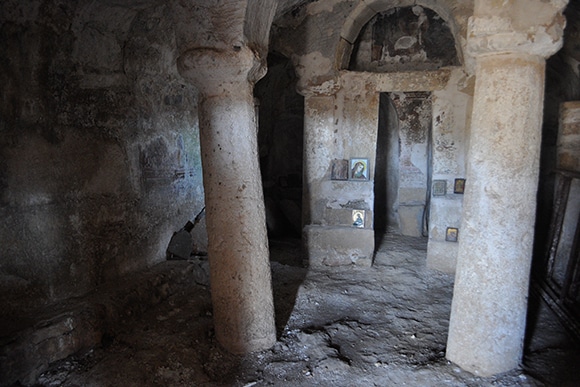
Paliokastro
Paleokastro was the capital of Greece during the Greek Antiquity. It is located on a hill near Paleopoli and shows signs of dwellings dating back to the Geometric Period. In 1999 Kytherean professor and archaeologist Ioannis Petrocheilos did some archaeological digs at the top of Paleokastro hill, near the church of Agios Georgios (altitude: 323 m). The excavation revealed a sanctuary that was used from the Geometric Period up until the Hellenistic years. The studies carried out imply that it could be a sanctuary dedicated to the goddess Venus. In Paleokastro there are also many ruins of buildings and walls of the old capital city and its acropolis. Objects discovered in the archaeological digs include vessels, incense burners, and bronze items (rings, buckles, etc.). The excavations continued for a few years.

Leave your comment
You must be logged in to post a comment.